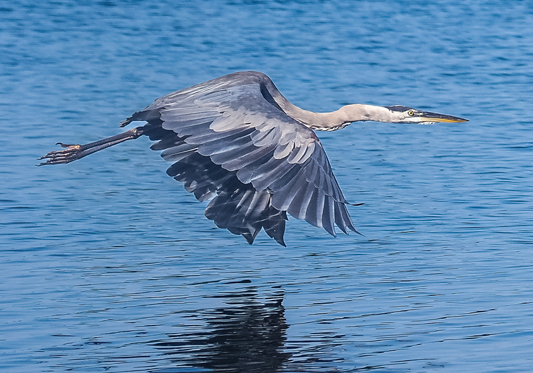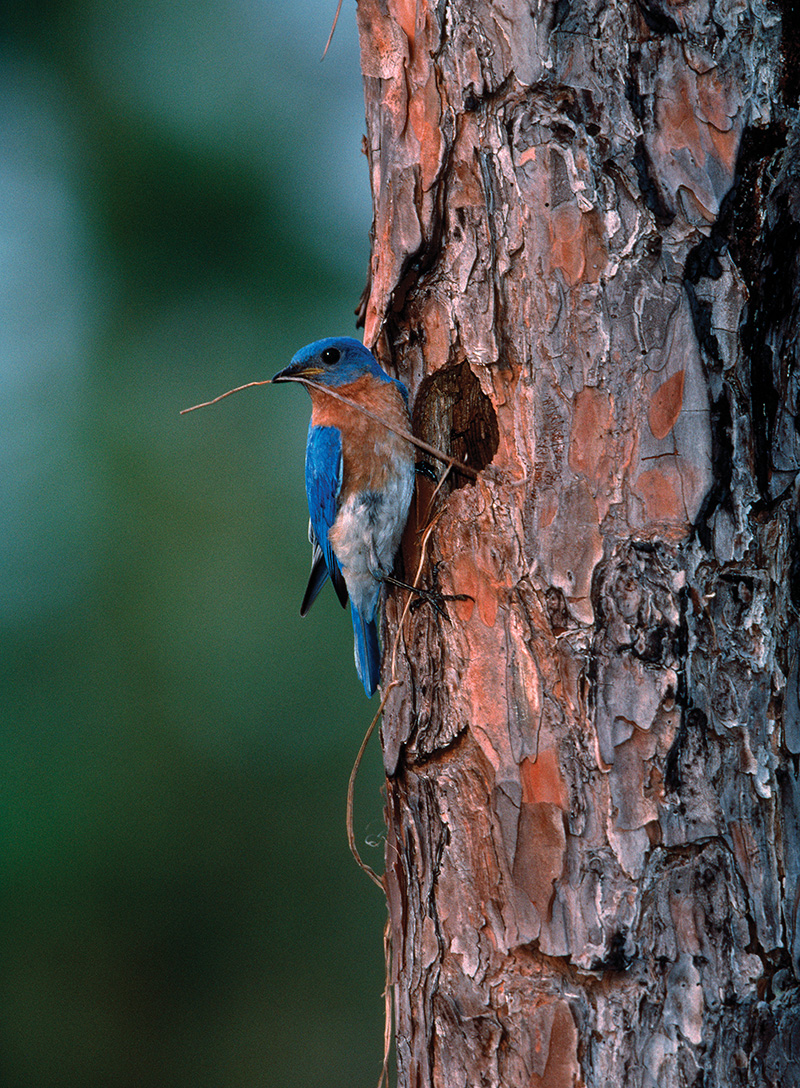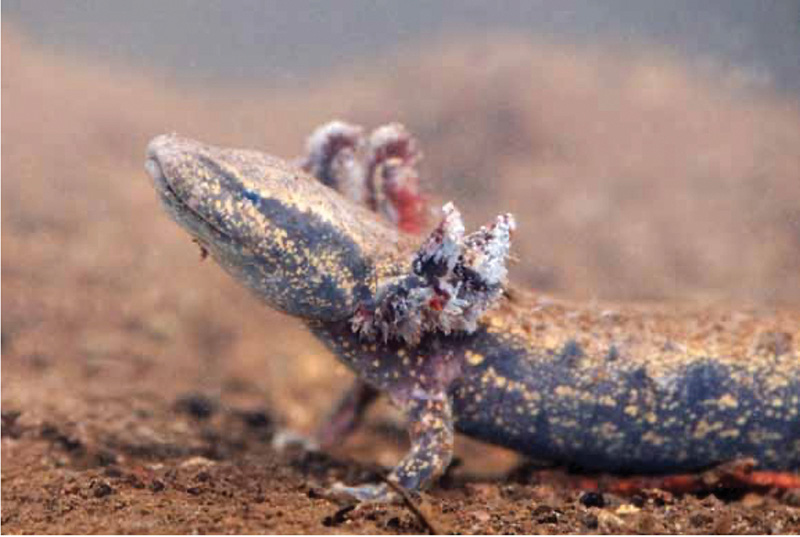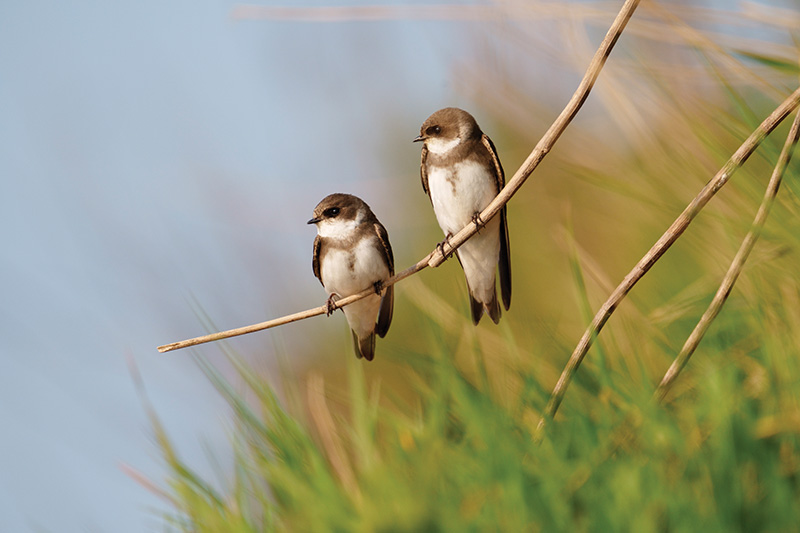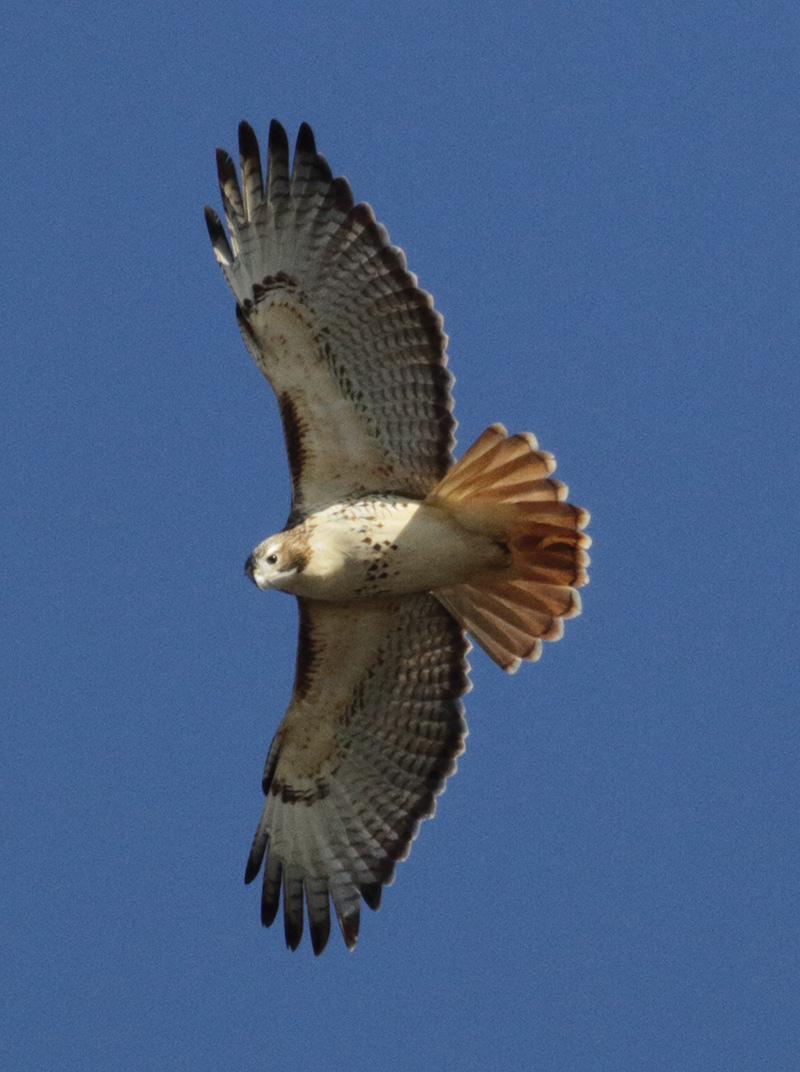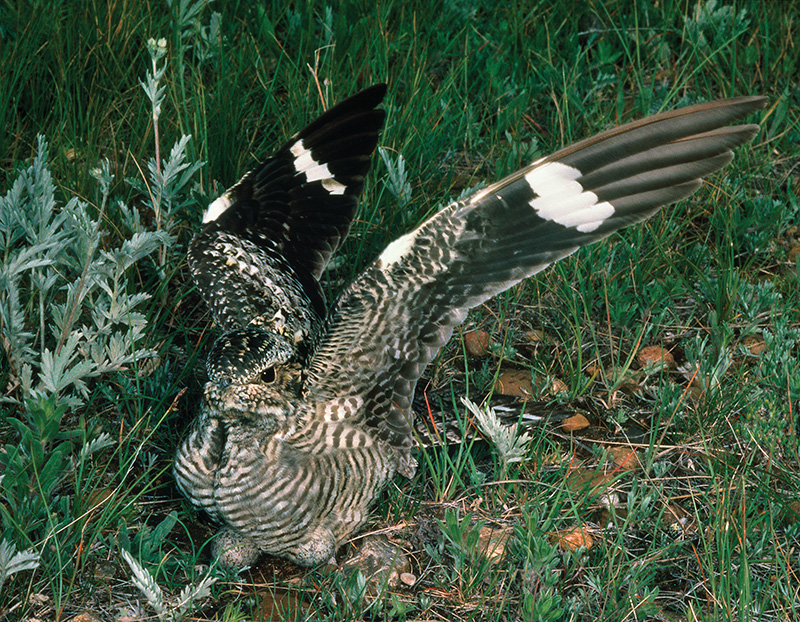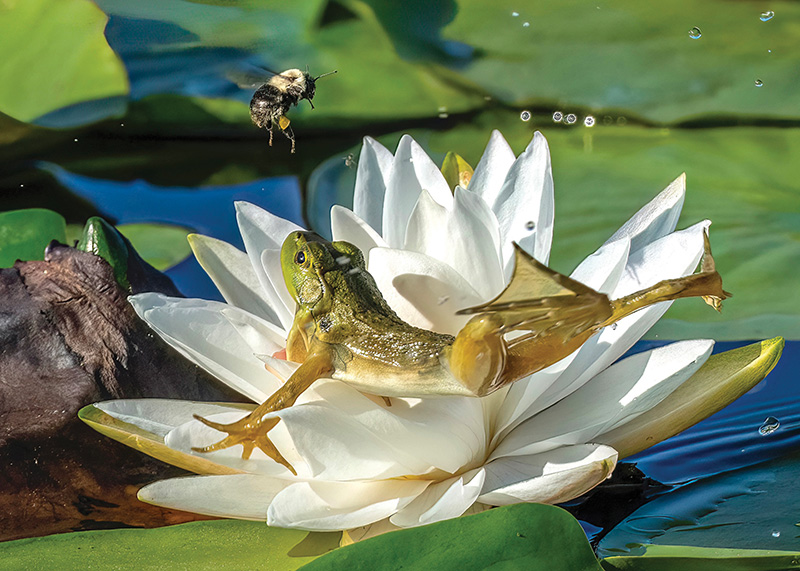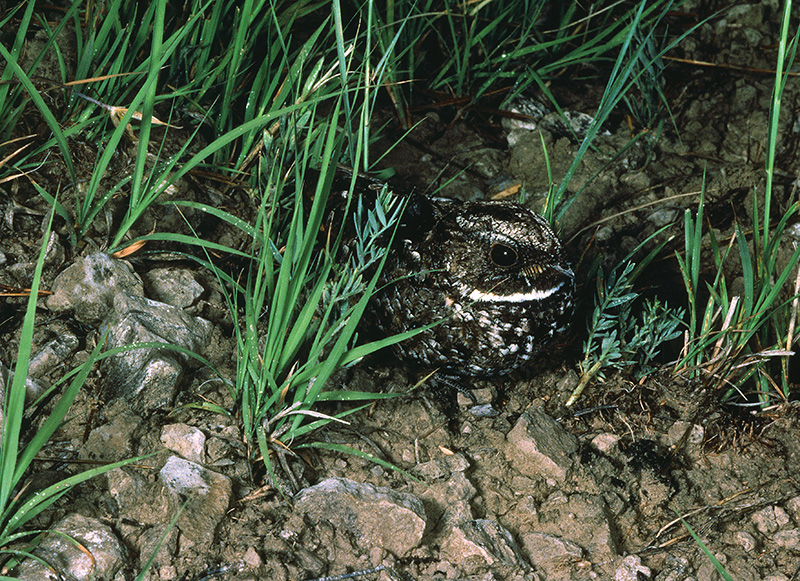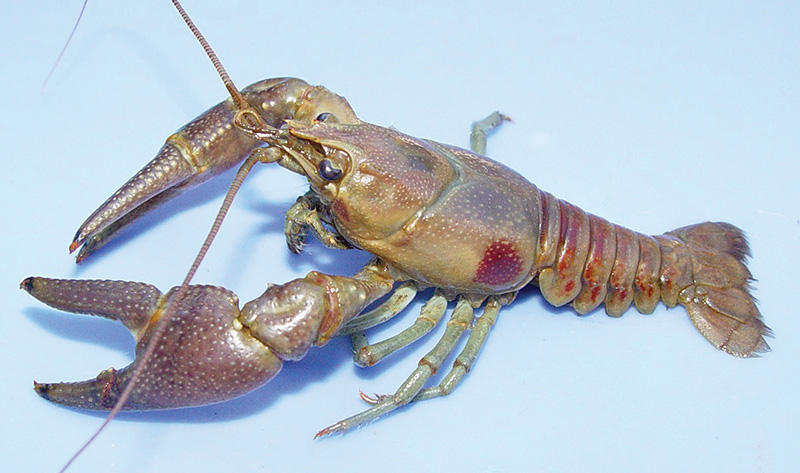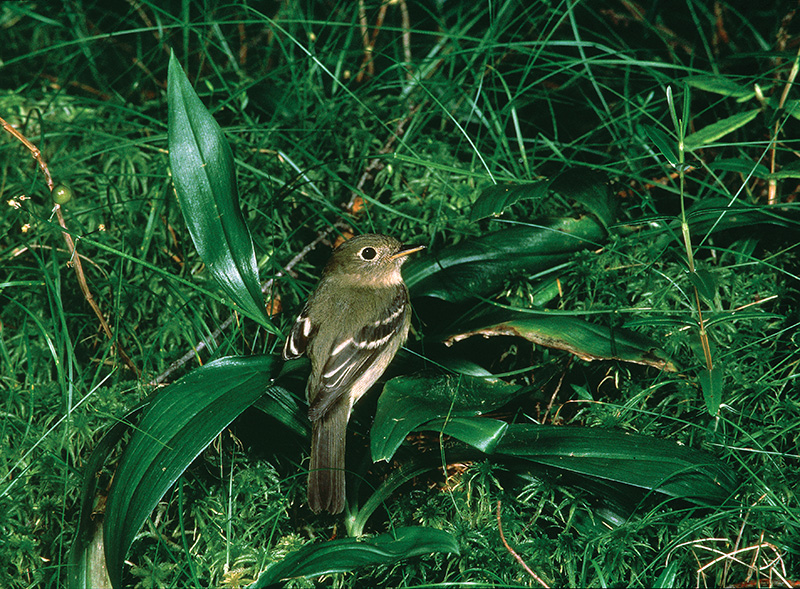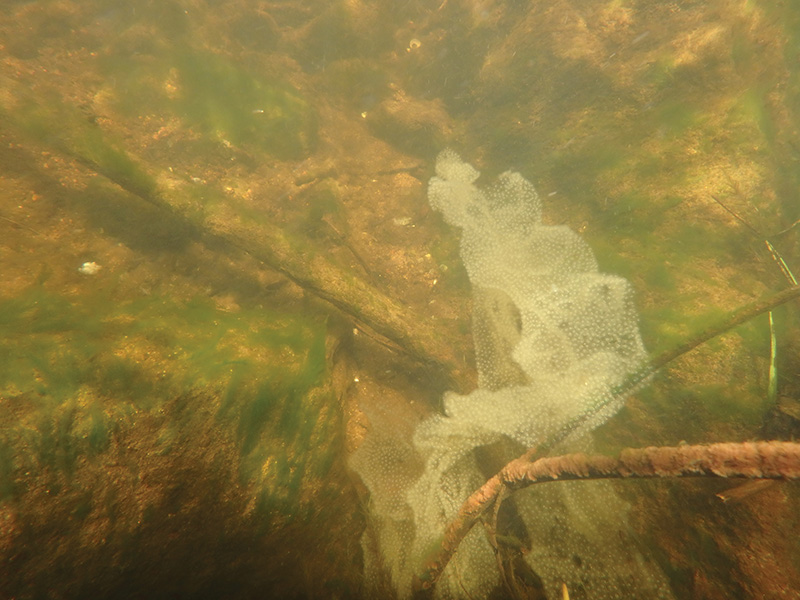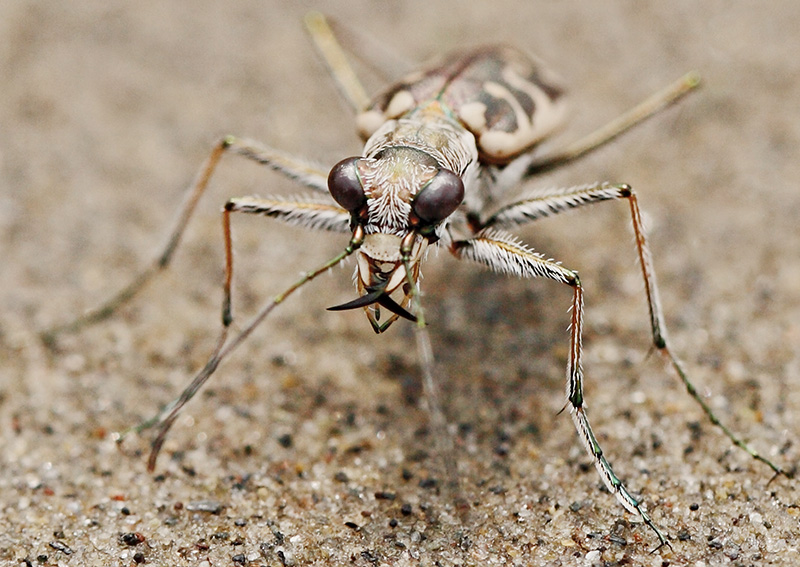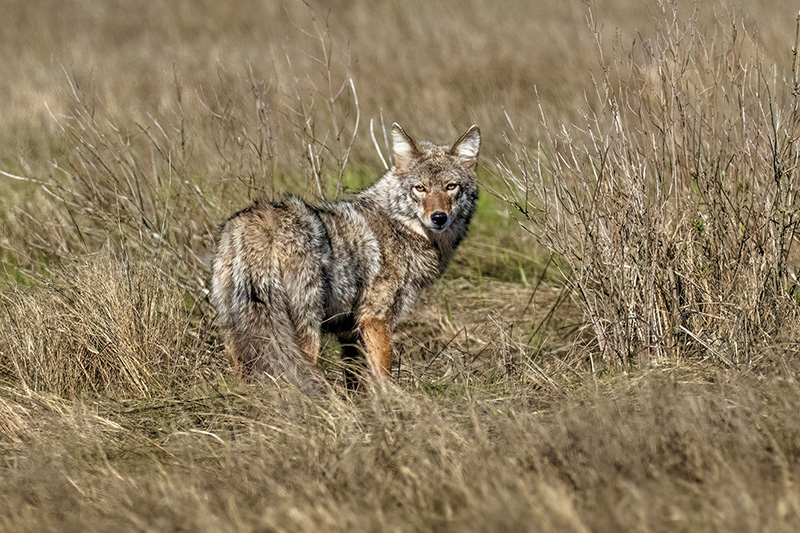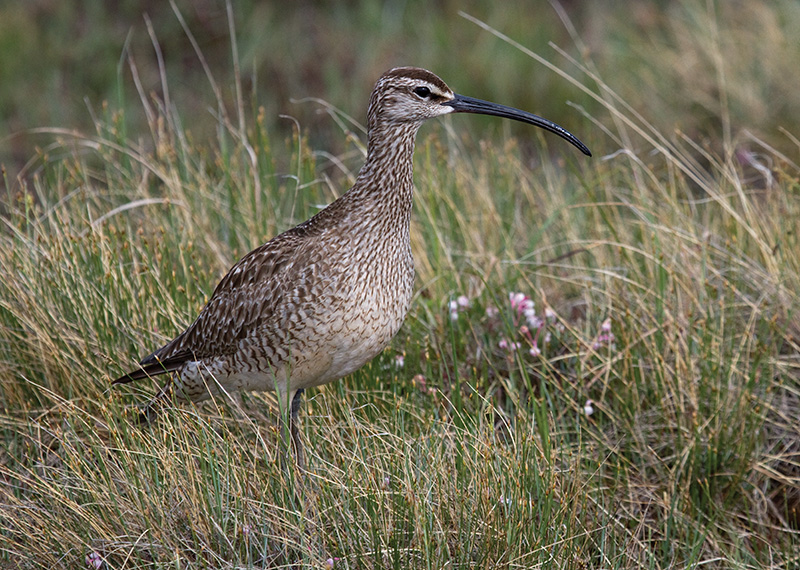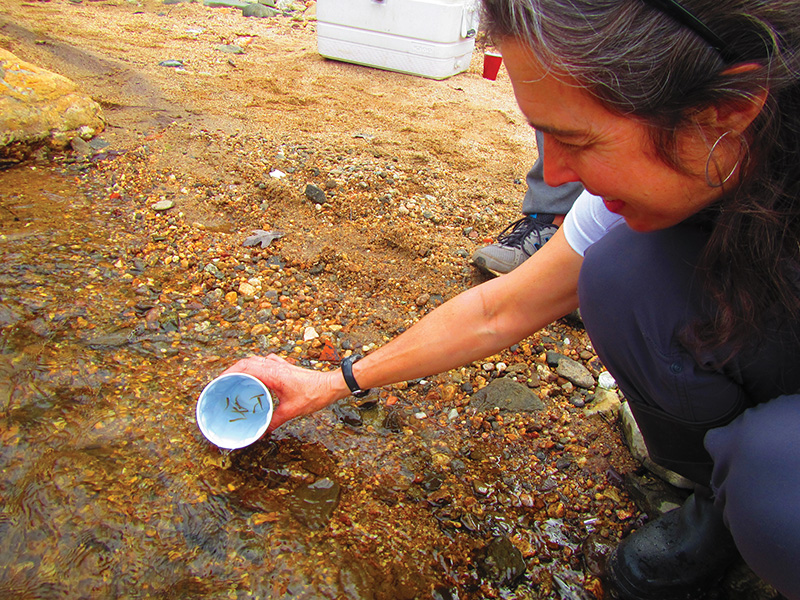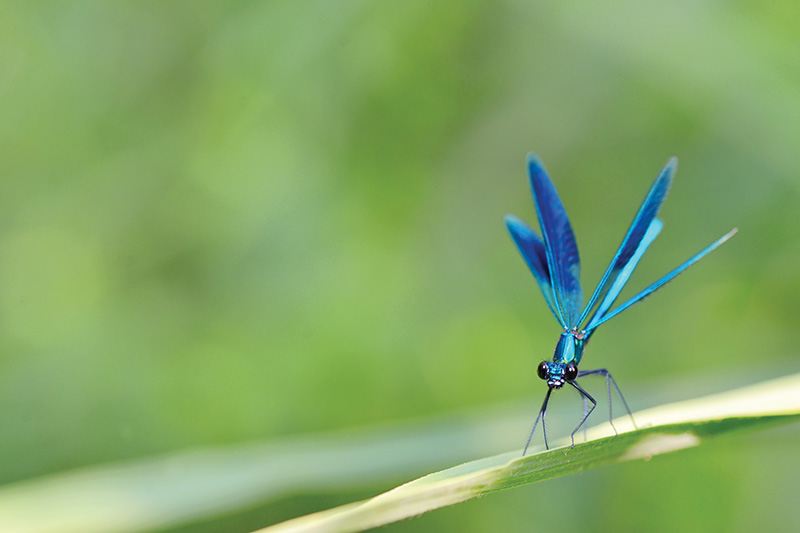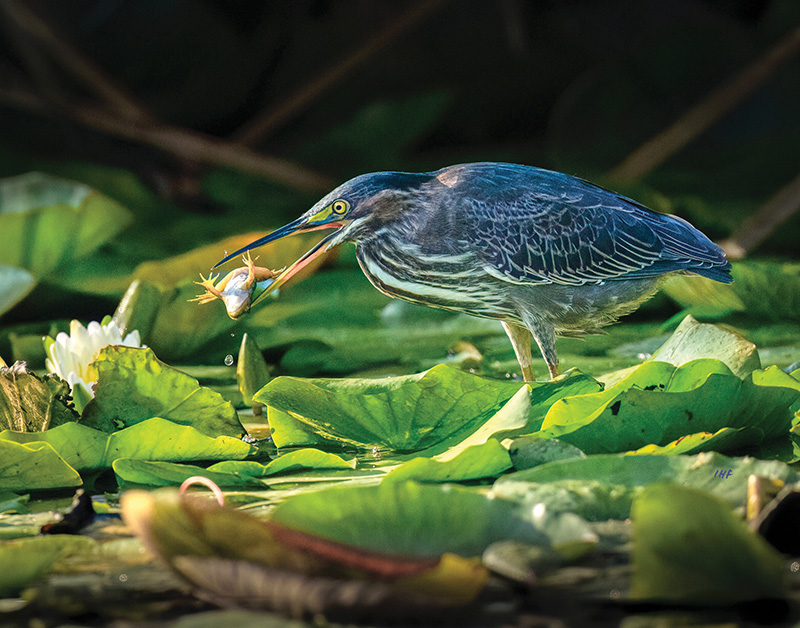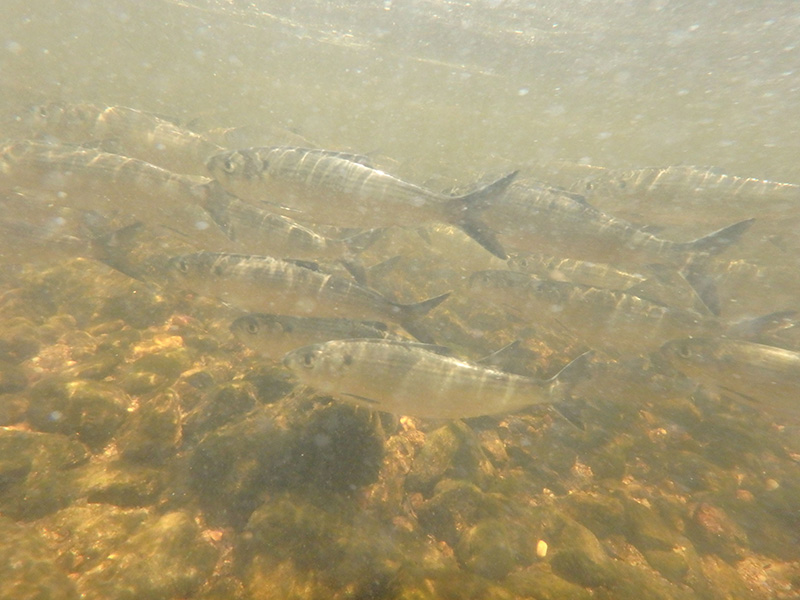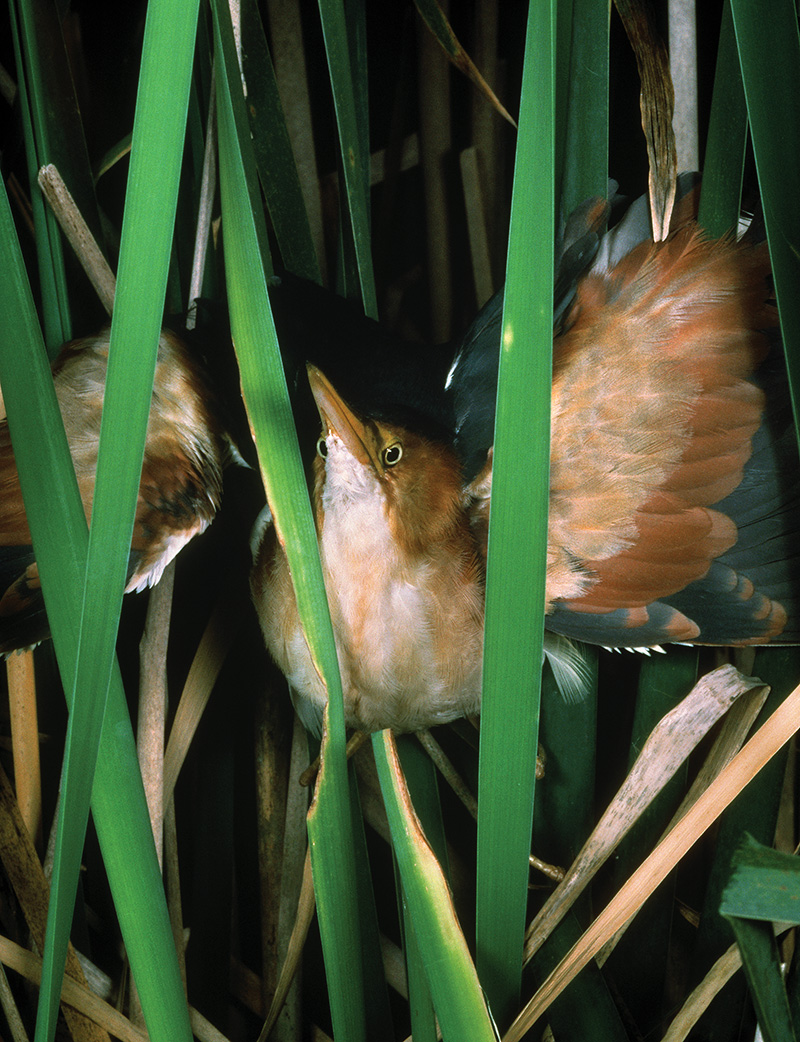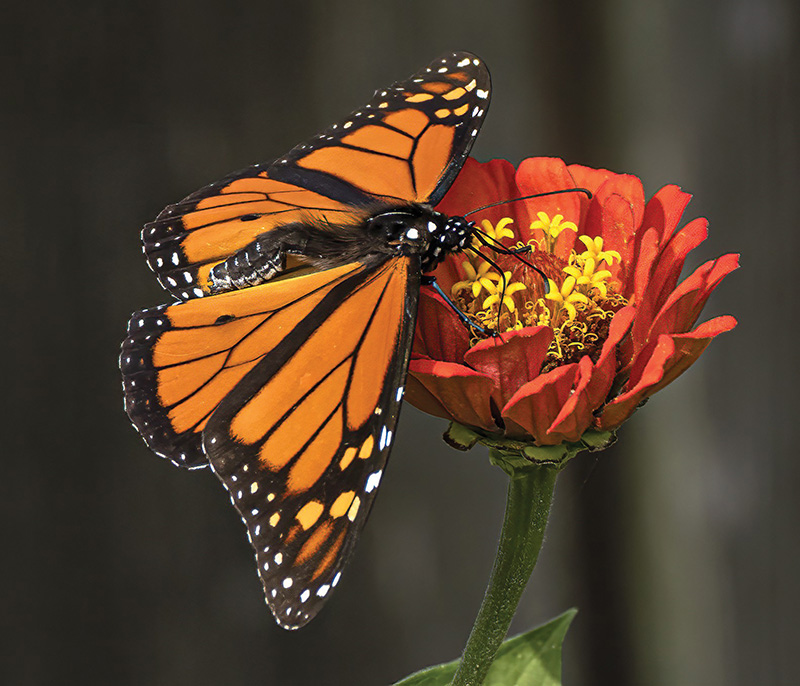Great blue heron’s rookeries can be hard to reach for a good reason. These big birds don’t like intruders, especially during their nesting season.
One Photograph: In the Darnedest Places—NESTS
Some birds are unshakably consistent in their nesting ways, and good for them, I say. It’s heartening to know that some lives can sustain such constancy, and thrive.
Connecticut River Critters: The Mudpuppy
Mudpuppies gushing out of fire hydrants onto the streets of Albany, New York.
Bank Swallows
A healthy river system is dynamic and dramatic, and many river critters have evolved to live amidst this energy and change.
The 125th Annual Christmas Bird Count
It’s hard to believe, with our commercialized, extended celebration, that Christmas was banned by the Puritans and did not become a federally recognized American holiday until 1870.
One Photograph: The HAPPY Accidents
Luck: the blessing and the curse.
In finding, let alone in photographing any wild and free-willed creature able to absent itself by lying low or swimming, diving, stealing off on foot, or blasting off in flight, you need that blessing.
Wild Life Wonders: The Secret Life of Bumble Bees
It’s not an accident that the phrase, “busy as a bee” became popular. Bees have always had the reputation for being hard workers by pollinating plants,
One Photograph: Writ Small
To some of us, the best birds going are those famous for their speed and predatory punch (the falcons, goshawks, eagles, and the like), while others are most taken by those with the brightest colors (warblers, finches), or the most beguiling songs (the thrushes and some wrens, some sparrows). And to others still—the “listers,” generally—the only birds worth seeing are the rarities.
Know Your Crayfish
Crayfish, crawdad, mud bug—what’s your preference?
One Photograph: By EAR
“You can observe a lot just by watching,” noted the great 20th-century thinker, Yogi Berra; and he might have said with equal perspicacity that you can hear a lot by listening.
Below the Surface: Spawning Below the Surface
As our days grow longer in the Connecticut River watershed, many a young fish’s fancy turns to love. These spawning fish have unique ways of reproducing.
Connecticut River Critters: The Puritan Tiger Beetle
One of the many species of beetles that live in the Connecticut River watershed is the Puritan tiger beetle.
Wildlife Wonders: Are Coyotes Living Near You?
Hiking last summer in Barn Island Wildlife Management Area, a beautiful 1,000-acre preserve in the southeast corner of Connecticut, my eyes spotted movement about fifty feet off to my right in the shadows of the forest.
One Photograph: Three “Wish Birds”
As a Massachusetts boy who had been seeking out new birds for better than a year, I was possessed by an unwritten “wish list” of some ten or fifteen species I’d tried desperately but failed to see.
Below the Surface: Atlantic Salmon, a New England Icon
The Atlantic salmon is a near mythical creature, long prized by indigenous people, royalty, anglers, artists, and gourmands.
The Fascinating Life Cycle of Dragonflies
Warm breezes, the shimmer of light reflected off gentle ripples on the surface of a pond, the melodic trill of summer cicadas, and the translucent glimmer of dragonflies as they perform their aerial ballet—all of these images conjure thoughts of summer in New England.
Wildlife Wonders: Green Herons
It’s well known by birdwatchers that green herons (Butorides virescens), who are common in the Connecticut River watershed, use their daggerlike bills to seize prey.
Below the Surface: Let’s Not Lose More Fish Species
The Connecticut River ecosystem has a complex food web below the surface.
One Photograph: Birds? Why BIRDS?
One day my younger brother put it to me. “How do you get interested in birds?” he asked. “Just how do you get interested in birds?”
Wildlife Wonders: Here Come the Monarchs
Each fall, as we all know, tens of thousands of monarch butterflies (Danaus plexippus) fly from the Northeast to the central mountains of Mexico, where they huddle together and overwinter with other monarchs from across the country.

